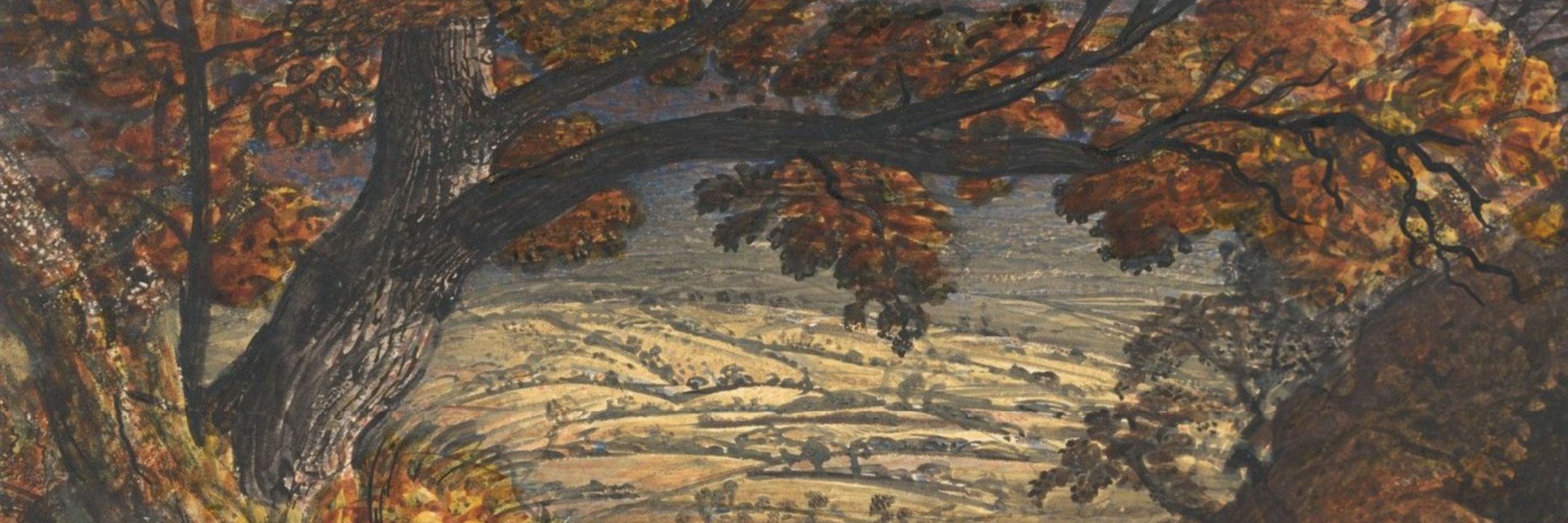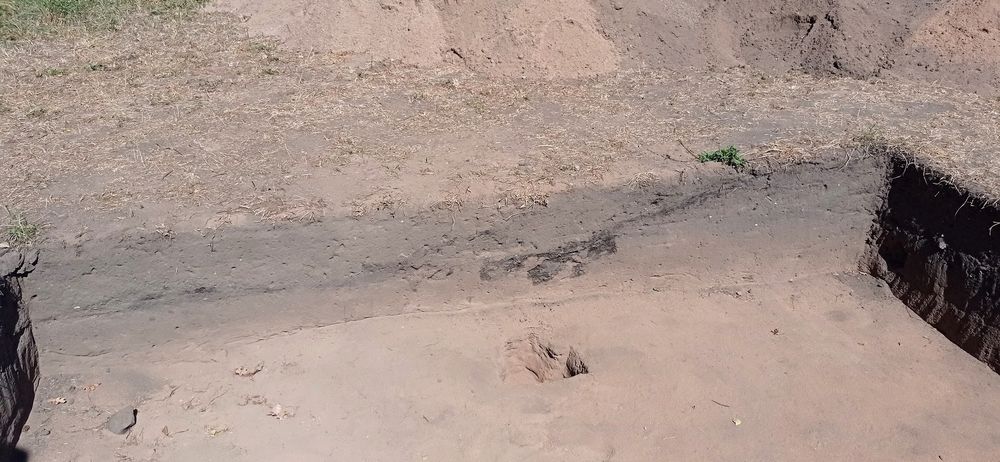




Excited to share that I have the opportunity to take part in this new project exploring Iron Age settlement and agricultural landscapes in the Judean Shephelah.
Learn more about the research here:
telburna.wordpress.com/2024/10/22/n...
Excited to share that I have the opportunity to take part in this new project exploring Iron Age settlement and agricultural landscapes in the Judean Shephelah.
Learn more about the research here:
telburna.wordpress.com/2024/10/22/n...




Cezary Kabala et al (2025). Stages and chronology of Late Holocene transformation of Chernozems into Luvisols in the loess belt of south-west Poland. CATENA, doi.org/10.1016/j.ca...


Cezary Kabala et al (2025). Stages and chronology of Late Holocene transformation of Chernozems into Luvisols in the loess belt of south-west Poland. CATENA, doi.org/10.1016/j.ca...



#ruraliaconference #archaeology


#ruraliaconference #archaeology

What’s striking: during the communist period, waste was dumped right into the core of the site – destroying part of the hillfort and leaving lots of intrusive material.



What’s striking: during the communist period, waste was dumped right into the core of the site – destroying part of the hillfort and leaving lots of intrusive material.




Budeme řešit vývoj černozemí a konstrukci mohyly.
ct24.ceskatelevize.cz/clanek/veda/...




Budeme řešit vývoj černozemí a konstrukci mohyly.
ct24.ceskatelevize.cz/clanek/veda/...
Site:
cs.wikipedia.org/wiki/Kozly_(...


Site:
cs.wikipedia.org/wiki/Kozly_(...
@pudukhepa.bsky.social

@pudukhepa.bsky.social






Read it for free (open access for 50 days):
👉 authors.elsevier.com/a/1lEnP1Dk5A...


Read it for free (open access for 50 days):
👉 authors.elsevier.com/a/1lEnP1Dk5A...
www.politikaspolecnost.cz/aktualne/cze...
#CzechIsraeli #Academia #Innovation

www.politikaspolecnost.cz/aktualne/cze...
#CzechIsraeli #Academia #Innovation



– High Ca in mound, lower in topsoil
– High TOC in eroded mound
– Low P and Pb in original chernozem
Confirms lack of pre-barrow human activity

– High Ca in mound, lower in topsoil
– High TOC in eroded mound
– Low P and Pb in original chernozem
Confirms lack of pre-barrow human activity
– Micromorphology
– Magnetic susceptibility (χ, χFD%)
– Phytolith & anthracological analysis
– Near-infrared spectroscopy (NIRS)
– Radiocarbon dating
– pXRF and ICP-MS geochemistry


– Micromorphology
– Magnetic susceptibility (χ, χFD%)
– Phytolith & anthracological analysis
– Near-infrared spectroscopy (NIRS)
– Radiocarbon dating
– pXRF and ICP-MS geochemistry


